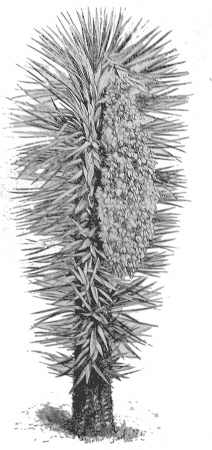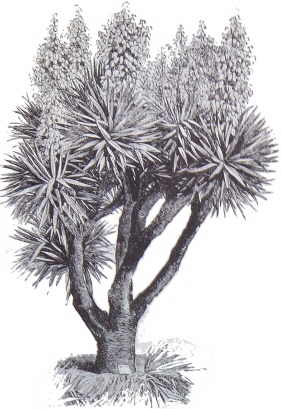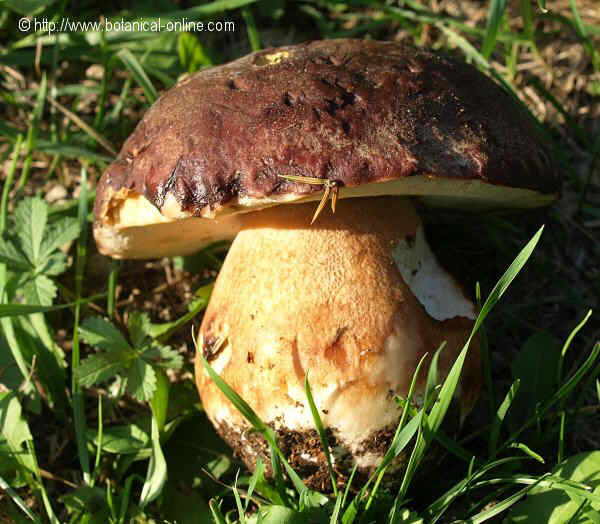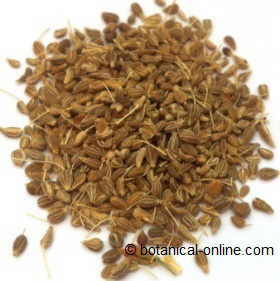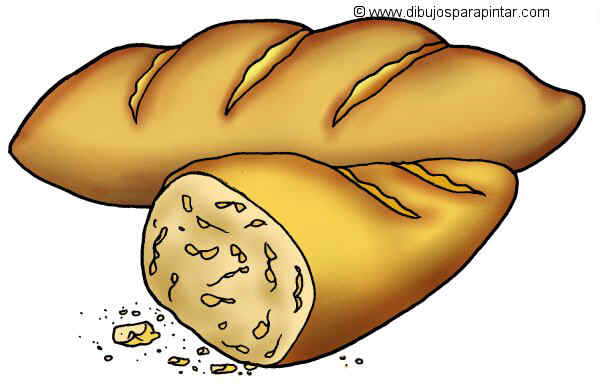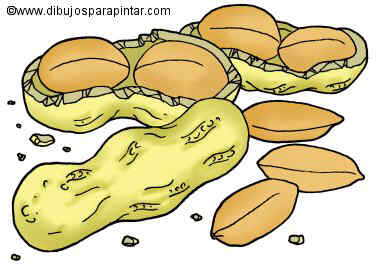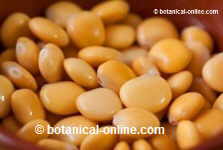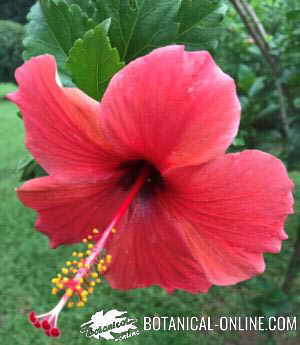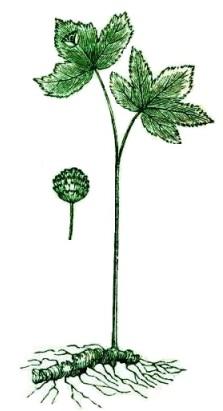What is a yucca?
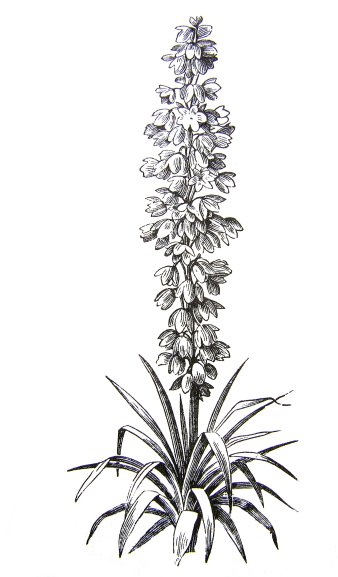
Yuccas (Yucca ssp) are perennial plants of the family of Asparagaceae family, which other plants such as century plant (Agave americana) or spider plant (Chlorophytum comosum) belong to.
There are approximately 50 species of the genus Yucca. They are plants that live in hot, dry places in North America, Central America and the Caribbean.
Outside their place of origin, they are generally used as garden plants, existing abundant hybrids. Plants growing on non-originating areas do not develop fruit, as they can only be pollinated by some insects called yucca moths, which only exists where these plants are from.
How are yuccas?
Yuccas are generally shrubs with lanceolate leaves in rosette, usually finished with a thorn and presenting small margins, teeth or fibers.
Its flowers, bell-shaped or cup-shaped are very colorful with white or cream color. Panicles are assembled on top of the plant. Its fruits are dry or tender capsules.
We must distinguish this plant from cassava, also known as yucca in Central America). Cassava belongs to the species Manihot esculenta, which is a plant belonging to the Euphorbiaceae family, that is mainly grown for its tubers which are one of the main sources of carbohydrates in Central America.
Uses of yucca
Although mainly used in gardening, yuccas (Yucca ssp) has been used in their hometowns with many purposes:
– As food: Yuccas many flowers are edible and can be eaten raw or cooked. (A fairly common recipe in Central America is called ” tortilla of yucca” (Yucca omelette), which is different from “cassava tortilla”. In the first omelette yucca flowers, previously separated from the central stem of the inflorescence, are fried with eggs to make the recipe)
The center of the tender stem of the year, has an edible portion that can also be eaten.
St Peter’s palm (Yucca filifera) |
– As detergent: All species of Yucca contain very rich in saponins tubers.
Some plants with saponins have been traditionally used to make soap (most famous of all the soap plants is called common soapwort, crow soap, or soapweed (Saponaria officinalis)
Yuccas have been heavily exploited by the native Indians of America and Mexico to wash their clothes, their hair or their body. “Yucca glauca” is also called in English soapweed. “Yucca elata“, is commonly known as soaptree, soapweed or soaptree yucca.
– To make ropes and baskets: Yuccas leaves are rich in fiber. From these fibers Indians elaborated ropes. With the same leaves obtained the right material for making baskets and other containers.
– To build stockades: Leaves of yuccas are very hard and they end in a sharp spike. They have been profited to built fences or barries, as a way to impede people or cattle to go inside them
In fact, one of the names of this plant in English is Spanish bayonet. To take advantage of the properties of these leaves, Yucca plantations have been performed as military barriers to hinder the passage of enemies.
Glorious yucca (Yucca gloriosa) |
Main species of yuccas
The main species of yuccas are:
| Yucca aloifolia Yucca angustissima Yucca angustifolia Yucca arkansana Yucca baccata Yucca baileyi Yucca brevifolia Yucca cernua Yucca confinis Yucca constricta Yucca decipiens Yucca elata Yucca endlichiana Yucca faxoniana Yucca filamentosa Yucca filifera Yucca flaccida Yucca glauca Yucca gloriosa Yucca grandiflora | Yucca harrimaniae Yucca intermedia Yucca jaliscensis Yucca kanabensis Yucca lacandonica Yucca madrensis Yucca nana Yucca pallida Yucca periculosa Yucca rigida Yucca rostrata Yucca rupicola Yucca schidigera Yucca schottii Yucca standleyi Yucca thompsoniana Yucca thornberi Yucca torreyi Yucca treculiana Yucca valida Yucca whipplei Yucca yucatana |
![]() More information on yucca
More information on yucca

